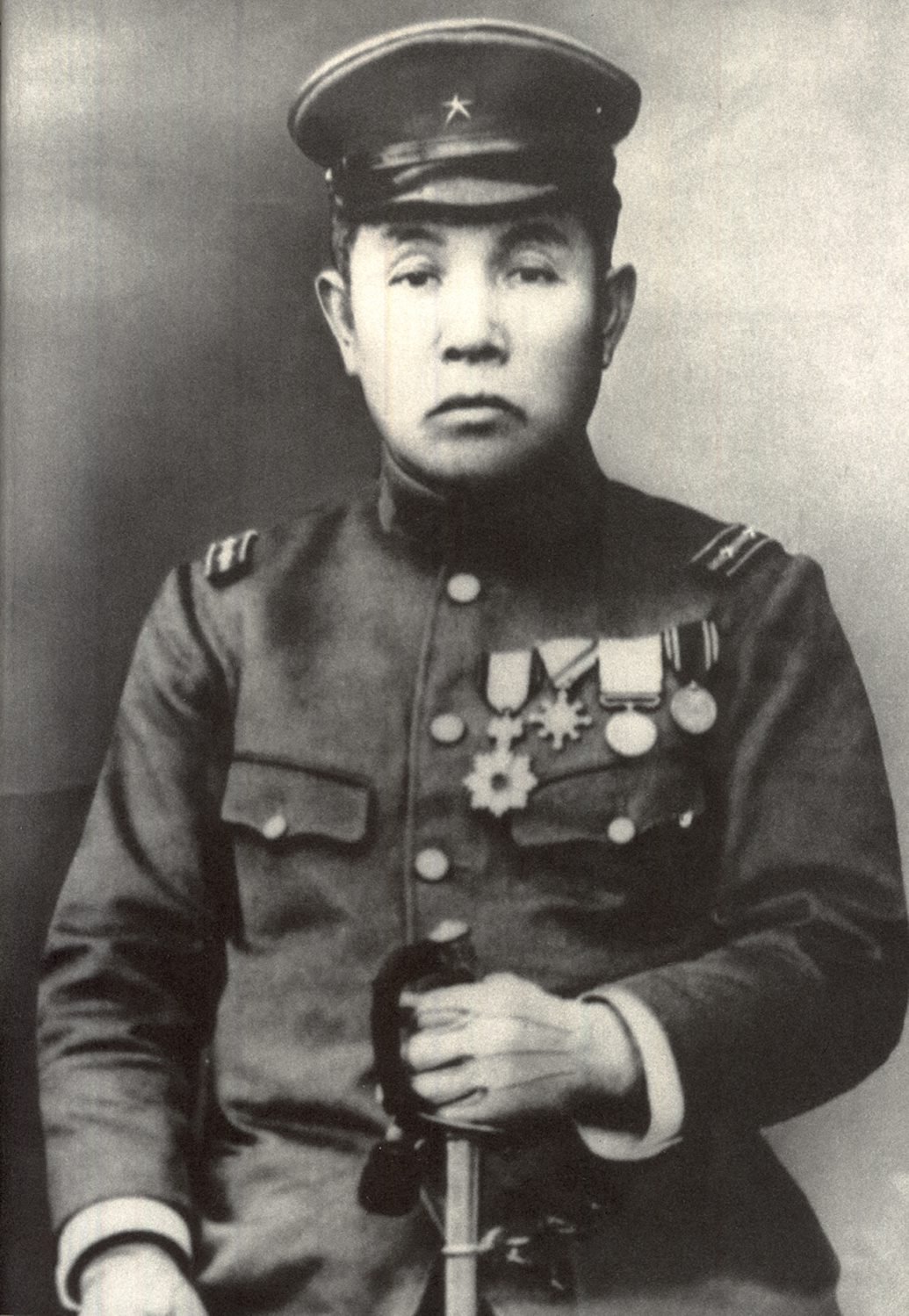Our Global Neighbours: Nobu Shirase
A Samurai of Antarctic Exploration.
Nobu Shirase (1861-1946) was a man of outstanding qualities and passion. As a boy he developed an enduring interest in polar exploration. Military conflicts punctuated his life and hampered his dreams.
He was seven when Japan was convulsed by the civil Boshin War of 1868-69. The conflict was partially triggered by foreign interference in Japanese affairs, but in the end it accelerated the process of modernisation. A photo from this period illustrates these trends, where the old-style samurai mingled with warriors in military uniforms. If born earlier Shirase could have become a samurai, but instead he went to military school and at the age of 20 joined the Army.
In 1893-94 Shirase spent a year in the Alaskan Arctic on a covert military assignment. He experienced extreme deprivation and hardship in the polar winter which decimated his crew – Shirase was one of two surviving officers. The first Sino-Japanese War of 1894-95 was not an ideal time for exploration, nor was the Russo-Japanese War of 1904-05.
Shirase must have had ambitious ideas, possibly to march to the North Pole. When two Americans - Frederick Cook and Robert Peary - claimed they reached the North Pole in 1908 and 1909, Shirase turned his eye to the South Pole. It was hard to raise enough money or to find sponsors in the post-war period. However, he received small donations from individual people whom he described as from the ‘student class’.

© Australian Museum
In November 1910 the Shirase expedition of 27 men and 30 dogs was ready to depart to the Antarctic. By then the Norwegian expedition led by Roald Amundsen and the British expedition by Robert Falcon Scott were on the way. They both reached the South Pole just one month apart, in December 1911 and January 1912 respectively. Meanwhile Shirase attempted to land on the Antarctic in March 1911, but it was too late in the season and the party sought shelter, additional provisions and money in Sydney where they arrived in May.
Unfriendly reception and suspicion of espionage made Shirase’s seven months camping at Sydney Harbour a highly distressing experience. It’s possible that the helping hand and friendly support offered by Professor Tennatt David propped up Shirase’s resolve and made the 1912 exploration of the Antarctic possible. David, a celebrated geologist and polar explorer, only three years earlier took part in the Mawson expedition to locate the South Magnetic Pole. On his departure from Sydney, Shirase gave David his highly treasured samurai sword as a gesture of respect, gratitude and friendship.
The Shirase party explored the Ross Ice Shelf some 160 miles ‘inland,’ as well as the coastal areas of King Edward VII Land. He returned to Tokyo in 1912 as a hero. But he dedicated many years to repay the enormous debt for the expedition and to document and publish the records of the explorations. He witnessed the turbulent times of Japanese military expansion during the World War I and the tragedy of the Second Sino-Japanese War of 1937-45 (World War II). These tumultuous times were not favourable for explorations which required peace and international cooperation.
During the last years, nearly forgotten, Shirase lived in a modest rented room above a fish shop where he died in 1946.
Explanation:
Samurai were the warriors or military nobility in pre-industrial Japan. The term can be found in the 10th century Japanese poetry.
Reference:
Chet Ross. 2010. Lieutenant Nobu Shirase and the Japanese Antarctic Expedition of 1910-1912: A Bibliography. Published Adelie Books, Santa Monica



